The cleaning woolly, called more often "sheep's ears", really, has amazing leaves: silver-nasal shade with a pleasant, soft to the touch, felt texture. Natural, such an original and spectacular appearance could not help but notice the flower and landscape designers. Cleancier woolly is a popular perennial plant at urban flower beds and household plots.
In addition to aesthetically attractive appearance, a herbaceous plant is absolutely unpretentious in leaving, winter hardy and easily rooted in a new place. How to plant and care for the bushes of the fluster of a woolly - in this selection of material.
Cleancier Woolly, Botanical Plant Description
- Cleaning woolly - a perennial grassy plant of a kind of purge from the family of clarotonic.
- Cleaning woolly has several botanical titles: Stakhis, purple Byzantine, Stakhis Byzantine, purple woolen. "Stakhis", translated from Latin denotes "Kolos" and characterizes the inflorescence of the purity. In use, the perennial is more often called "hare" or "sheep's ears" in the similarity of the darous and soft leaves on the tender ears of animals. This explanation also has the name of the species - "woolly".
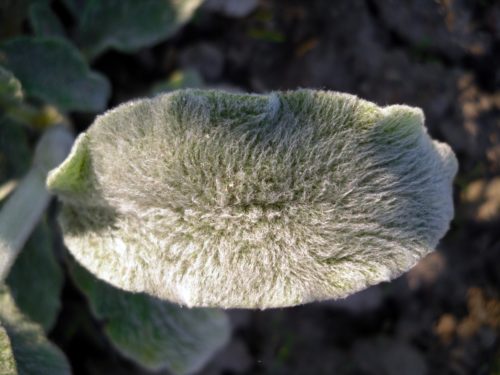
- In nature, the type is widespread in Armenia, Iran, Ukraine, Turkey and the warm latitudes of Russia. It is often found on stony slopes, in mountainous areas, in the territory of mixed and coniferous forests.
- Cleancier woolly - a low semi-staple, reaching height, on average, about 20 cm, and at the expense of high blooms - up to 60 cm.
- The powerful rod root system of the cleaning woolly leaves deep enough to the ground. Thanks to this rhizomet, many shoots grow up for the summer season, the whole thickets of purity are formed.
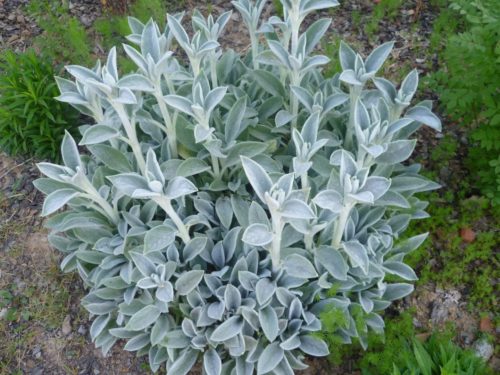
- Perennial stalks can be straight or branched, silver-nascent coloring and characteristic of the type of felt feed.
- The most decorative and spectacular part of the culture is gray green leaves. Large, soft, woolly-sulky due to numerous villi, in shape resemble a blade or elongated oval.
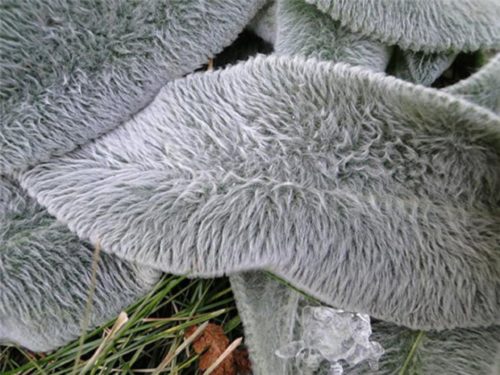
- The colosum of the spike is thickly seated with numerous small flowers, also slightly sowned. The collar is most often pink or lilac, with protruding long stamens. The elongated flowers rise over the SIZY fluffy curtains and can be tilted to the ground, especially after the rain. Blossom continues from May to August.
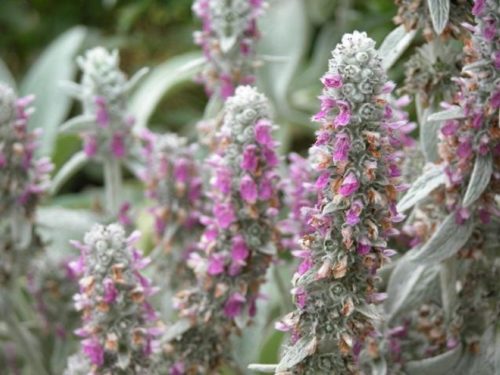
- Fruits - nuts, have an oblong shape and brown color. With favorable, warm climatic conditions, many seeds are formed.
- In culture, due to the unusual texture and color of foliage, it is considered a highly decorative aesthetic plant. Used for the design of flower, urban lawns, squares, etc.
- In addition to an attractive appearance and decorative destination, the purity of the woolly is recognized as a medicinal plant, all parts of which are used in therapeutic purposes.
Cleaning woolly: Popular varieties
Cleaning woolly or sheep ears - a very common view in culture, which has a number of varieties and varieties.
The most famous varieties, such as:
- Clean woolly "Big Ears".
A low-spirited plant with branched shoots, up to 20-25 cm long and dust-soft leaves.
- Clean woolly "Silver Carpet".
Forms compact neat curtains with a slight up to 15 cm, creating a solid silver-nasal carpet effect. Flowers does not forms.
- Clean woolly "Striped Phantom".
A distinctive feature of the variety is white longitudinal stripes on the entire surface of the leaves. It is considered one of the best nourishing decorative varieties.
- Cleanted woolly "Cotton Ball".
During the flowering period, the plant forms compact boxes resembling cotton.
- Clean woolly "Sheila Macqueen".
A low variety with a strongly published foliage and complete lack of flowers.
- Purple woolly "Marlevel".
A variety forms high bushes up to 50 cm.
- Clean woolly "Primrose Heron".
A distinctive feature is an unusual color of the leaf of spring - yellow shades, which over time acquire the usual silver-green for type. The flowers are gentle pink.
- Clean woolly "Silky Fleece".
Perennial culture that achieves no more than 25 cm in height, purulent shades flowers. The leaves are densely, thanks to numerous vile, an unusual blessed felt shade is acquired.
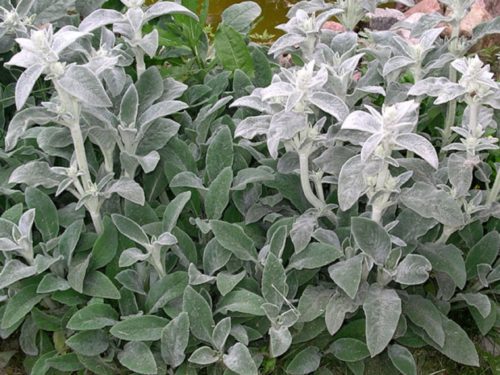
You can buy your favorite woolly variety in a specialized store or nursery.
Fliche wool, landing in the ground
The purple woolly is considered a fairly frostive plant, so it easily tolerates winter and grows in open ground for many years.
- The plant "Sheep ears" is better to plant on an open, sunny area or in a light half. From these conditions (large amounts of sunlight), the decorative silver-green color of the leaves directly depends.
- It is not necessary to choose low sections where rainwater can be gathered, since the perennial does not tolerate excessive overlapping and can be rotated. It is better that it is an elevated area or slopes.
- Drought, on the contrary, the perennial tolerates easily and painlessly.
- Cleaning woolly prefers loose, lightweight and drained soil with neutral or alkaline medium reaction. One of the key conditions for successful cultivation of the purity is the low content of nitrogen in the soil. The plant at all "does not like" too fertile soil. If the earth is oversaturated with nutrients, the plant will lose an attractive silver-gray color and will become ordinary, bright green. Unpretentious chickest bushes are perfectly joining almost in any soil: on sandy or stony soils.
- In the case of too much soil composition, the plot is prepared in advance. For this, it is drunk and a small amount of fertilizers contribute. So, on 1 m 2 Earth will need no more than 20 g of potassium sulphate, 50 g of superphosphate and any organic feeding.
- It is necessary to plant cleaning woolly in open soil in the second half of spring, in May, when completely passes the threat of return freezers. Landing can also be carried out in the fall.
- For the landing, the shallow wells is prepared, withsting the distance between adjacent specimens about 20-30 cm. On the bottom of the landing fossa, the drainage layer is stacked, which pumped with a mixture of earth with humus. Crushed stone, pebbles, coarse sand as drainage.
- The seedlings of the Church (together with the land of the earth) are placed in the prepared landing well and sprinkle soil, periodically sealing soil.
- After landing, the plant is abundantly watered with water.
Cleaning woolly, care
The whole charm of a decorative herbaceous plant is almost complete absence of any special care and attention. An unpretentious plant, purity, woolly, needs elementary technological events: an infrequent watering and feeding, trimming of non-decorative flowers and periodically sitting down new bushes.
Diseases and pests are strongly stable and rarely affected by any parasites or diseases.
Watering and loosening of the purity of the woolly
- Drought-resistant culture, cleaning woolly, much better tolerate drought, rather than overcoating or moisture stagnation. Excessive moisturizing contributes to reducing the plant.
- In a dry roast time, the plant needs a moderate watering. The lack of moisture provokes the focus of leaves.
- Between each facilities of irrigated, the ground around the herbaceous perennial should be good.
- Watering is better to carry out the root, without wetting the leaves.
- In addition to irrigations, it is also necessary to regularly remove the weary grass around the plantings of the purity and loosen the soil. Experienced floweries are also advised at the beginning of bloom to extort the bushes of purity.
Fercutter of the finish woolly
- Unsessive plant, purple woolly, does not need regular and frequent feeding.
- It is enough to enter the compost in the soil once for the season.
- Periodically, to enhance the growth of culture, it is also possible to make an ammonia salter, mixed with chicken litter. It is important to do such a feeder often in the minimum (not concentrated) dosages.
Pruning and transplanting the purity of a woolly
- Pruning and haircut is one of the most important techniques for the preservation and maintenance of the decorative species of the semi-staple.
- So that silver curtains look neat and compact, it is recommended to regularly cut inflorescences that appear on bushes with buds. The flowering bushes of the purity look loose and less attractive than a dense "silver and fluffy live rug." In addition, timely removal of flowers will warn the unwanted plant self-seafood. Cutting patterns as low as possible, at the same time capturing the pitched lower leaves.

- In the spring, a sanitary trimming of Curtain Kurtic is held. Old dry leaves and stems, which have appeared bare rhizomes or too sturd to emerge (beyond the allocated plot) of perennial shoots.
- In the event of a landing of purity as a soil plate plant, it will be necessary to periodically mite young seedlings to the places where propellas were formed. As a rule, such voids are formed in 3-4 years after planting the bushes of the flush.
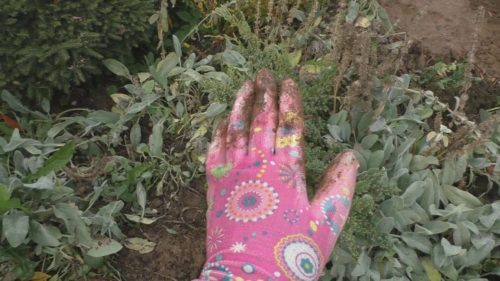
Shelter for the winter of a woolly
- The plant is characterized by good frost resistance and practically does not need shelter for the winter. Only in very cold regions, with severe bias, the perennial requires additional winter shelter.
- A firing snack or dry foliage is suitable as shelter.
- The most important thing in the construction of the shelter is to remove it in the spring on time, since in practice the perennial more often suffers from frosts, but on a possible sampling.
Pests and diseases of the church of the woolly
- Sustainable pests and diseases, the plant practically does not suffer from such "troubles".
- The only, possible defeat of the purity of woolly fungal diseases in conditions of high humidity. Therefore, by observing the correct care for the perennial and competently choosing a place to land like "misstain" should not be fear.
- When infected with fungus, the irrigation norms reduce, and the plant is treated with fungicide. In the event of a strong damage to the bush, the contaminated parts are removed and burned.
The reproduction of the purity of the woolly
It is possible to multiply the purple woolly as a seed (generative) and vegetative way.
- Peremens of perennial possess a high percentage of gerbate. The seeds of the flies of a woolly can be sung in different ways: immediately to bed in open ground or in container pots on seedlings. Sowing, depending on the selected method, can be produced in spring or autumn. Most often, sowing into the container is carried out in early spring, in March. For the cultivation of seedlings, a sandy-peat mixture is used, into which there are shallow-chuckle seeds of purity, slightly sprinkled on top of the soil. The box with seeds are covered with a film and leave in a warm place, providing regular ventilation ticks. Potted in pots of seedlings in the phase of the development of two leaves, transplanted into open soil (usually in May month). The seedlings of the flies of woolly tolerate the transplant and quickly rooted in a new place. It is noteworthy that first the leaves of young seedlings are not darous, as in adults of this species of this species. With the age of foliage, it acquires a soft downstream and a gray painting characteristic of the decorative perennial.
- A vegetative method includes reproduction with cuttings, rhizome or dividing part of the bush.
- To share adult curtains purity in spring, autumn or in a non-quiet summer period. This is the easiest and more time-consuming method for reproduction of decorative perennial. A bush can be divided directly in the ground (with the help of a shovel), and you can make the process more delicately and neatly. For this, the bush is completely digging, shakeped the ground and manually divide the roots into several full parts. Separate decene sitting on a permanent place.
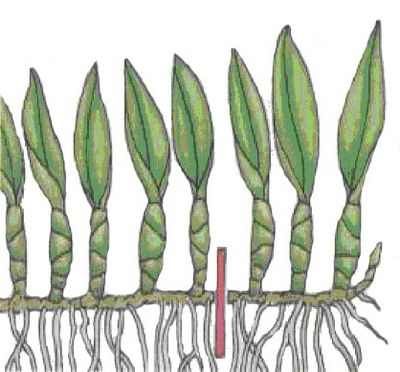
- In addition to dividing the bush, you can simply separate the rhizomes from the kurtne and transplant it to another place.
- The lower parts of the shoots with 2-4 leaves are used as cuttings for breeding. You can also use individual leaves from the lower sockets. Reproduction with cuttings can be carried out throughout the growing season. Strenches for rooting are placed in a wet mixture of peat and sand. The soil substrate in which the cuttings are located in moderately humid state. The overvollage is fraught with rapid winding of the cuttings. After about 2 weeks, the cuttings will be launched.
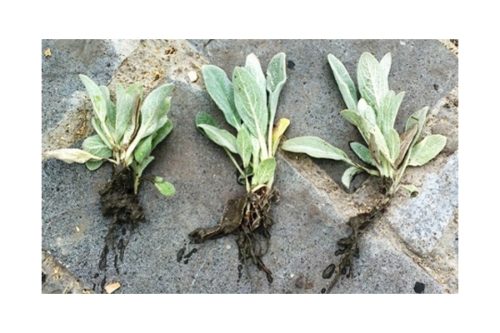
Cleancier woolly, plant application
- The cleaning wool contains a lot of valuable and useful substances for the human body: essential oil, iridoids, flavonoids, alkaloids, vitamins C and K, tanning substances, fatty acids, etc. This rich composition allows the use of a plant as an anesthesia, disinfecting, diuretic, healing, hemostatic and expectorant. The tincture and sheepings from the purity of the woolly use in folk medicine to reduce blood pressure, with disorders of the nervous system, tuberculosis, cold, eczema, gold and other diseases. In any case, the use of medicinal herbs needs to be coordinated with the attending physician to avoid possible negative consequences.
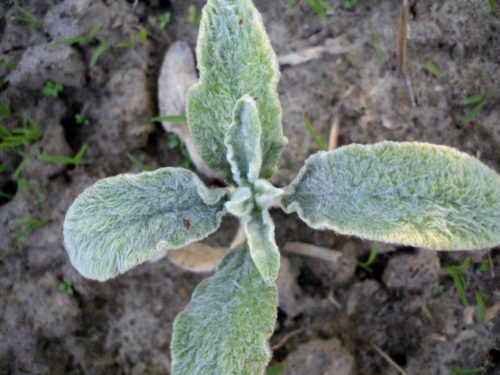
- In landscape design, flower purple woolly planting as a soil or curb culture. Along the border or garden track, the bushes of purity form a spectacular and dense "silver-nine framing".
- Often the perennial can be found on horizontal rockers, rocky gardens and many long-lived alpine slides.

- Indispensable to landing a dileproof perennial in children's flower beds and near the playgrounds. Pleasant to the touch, soft and fluffy "mats", very much like babies.
- The unusual texture and color of foliage look great on the background of familiar bright green plants.
- The compositions of the pellets with hosts, rustic, schitt-bow, lavender, velvets, bells and other decorative decorative and flower plants are perfectly looking.
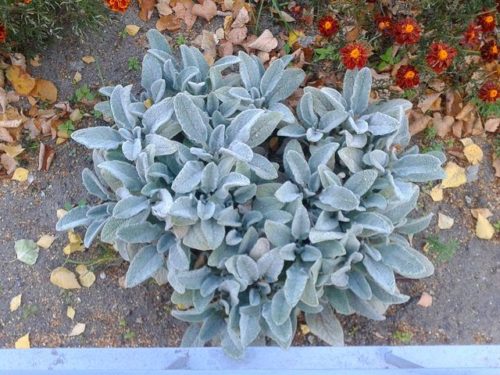
- Original in appearance Plant allows florists to experiment, creating unusual compositions and unique landscapes.
- Dried sprigs and purge flowers are used to create winter bouquets.
Cleancier woolly - an unusual beautiful plant that would like to be chained on its plot any flower model. A specifically attractive appearance is a perennial of the silver foliage covered with whitish down. Soft and pleasant to the touch leaves of sheep's ears will not leave indifferent.
The cultivation of the purity of the woolly does not require special knowledge or skills, the perennial is unpretentious in care and quickly multiplies.
Thanks to a decorative attractive form, an unusual color and foliage texture, cleaning woolly is very popular with landscape designers and amateur flowerfields.

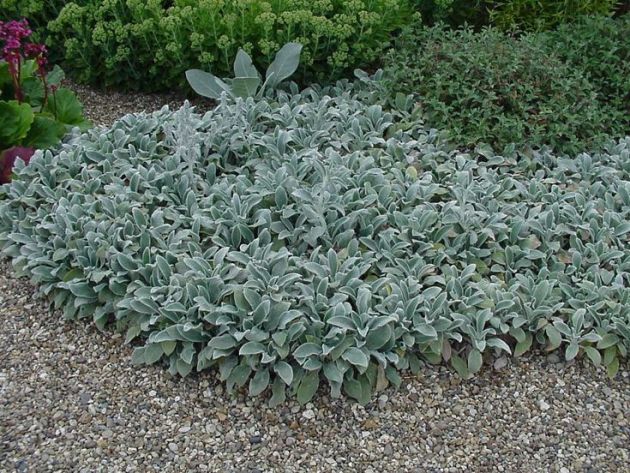
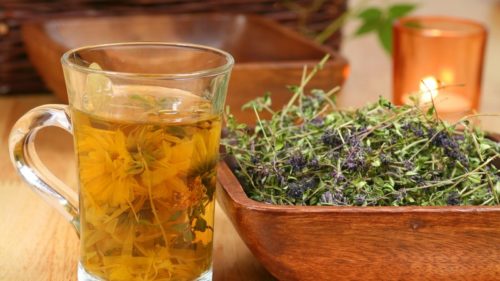
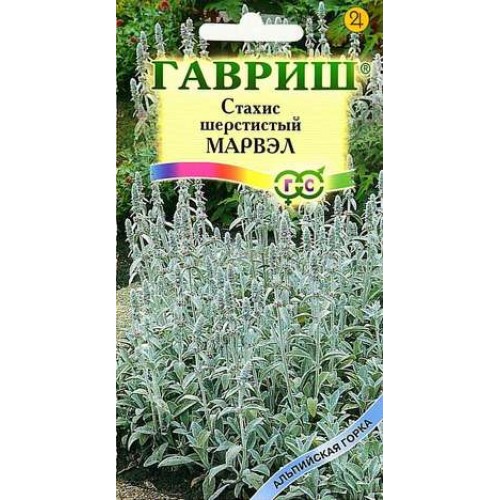
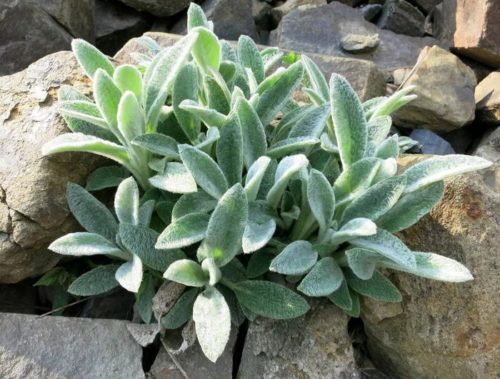
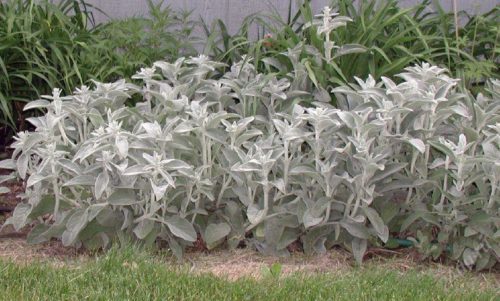
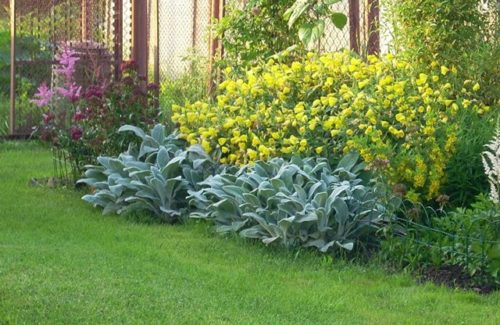
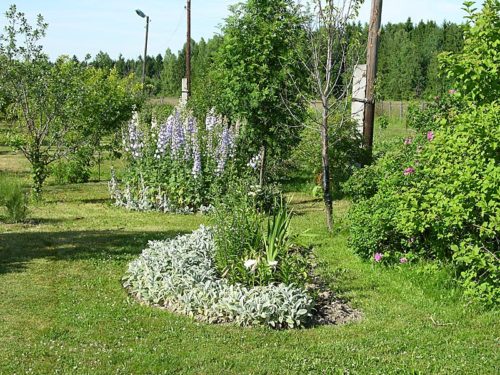

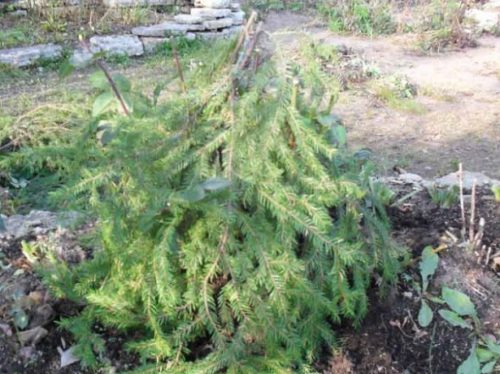
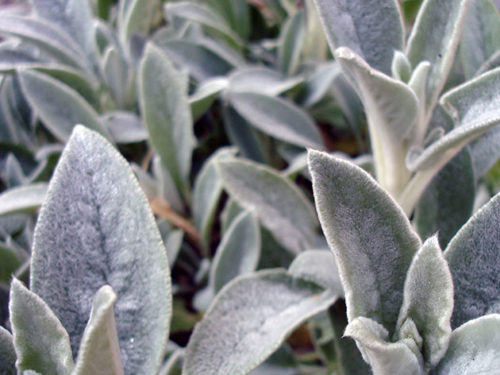

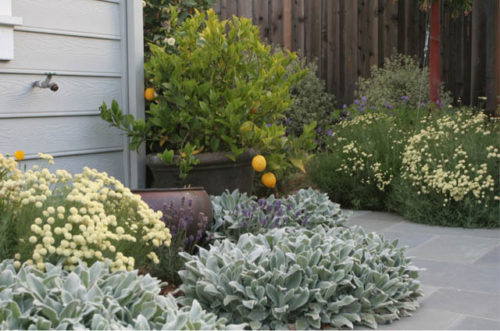
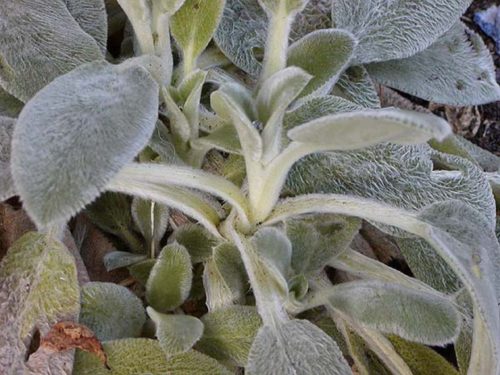
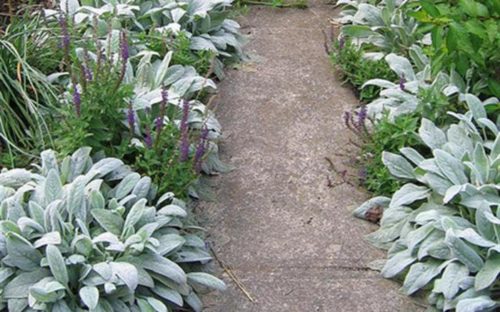
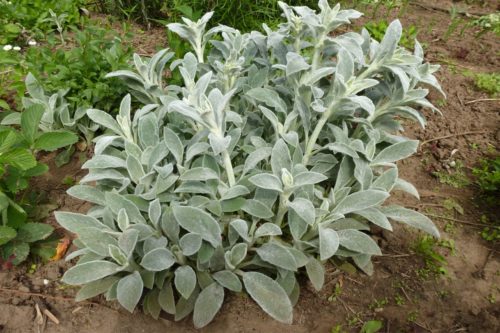
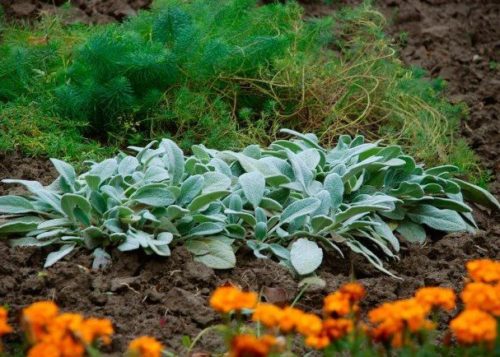
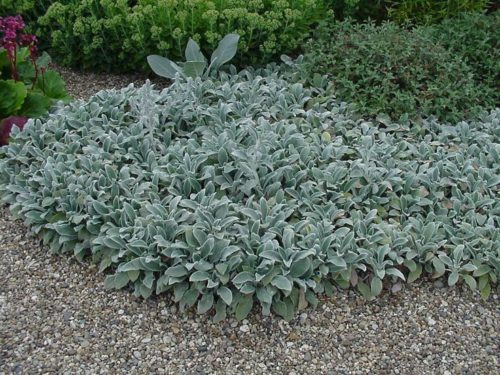
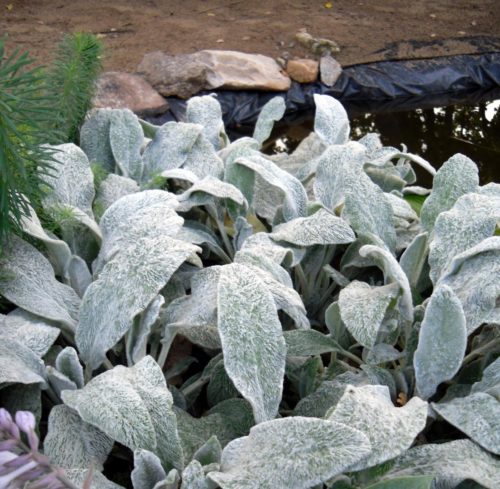
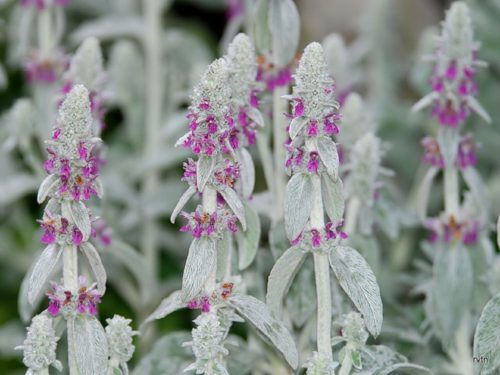
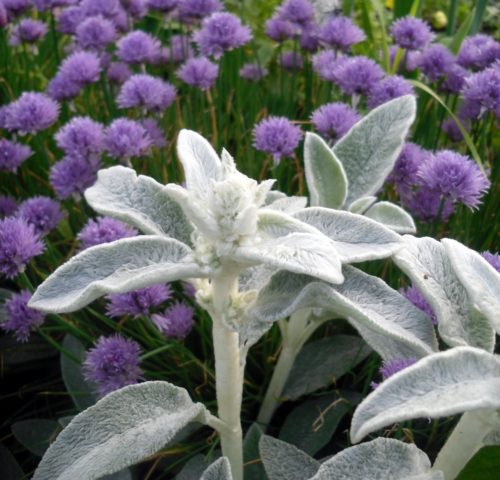
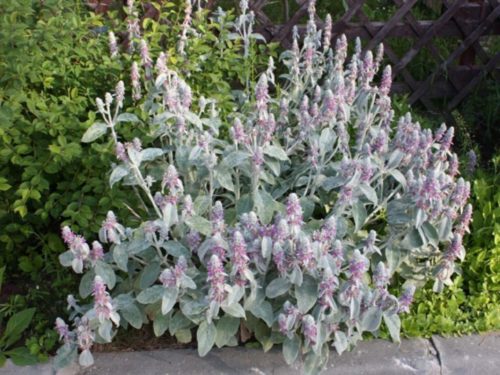
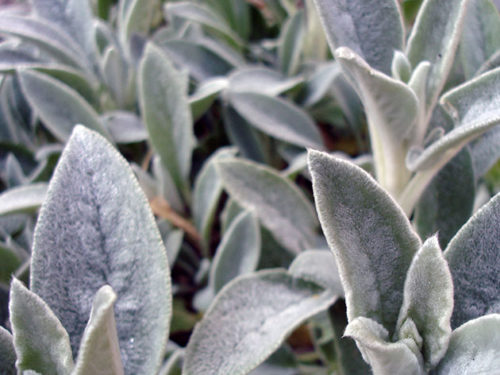
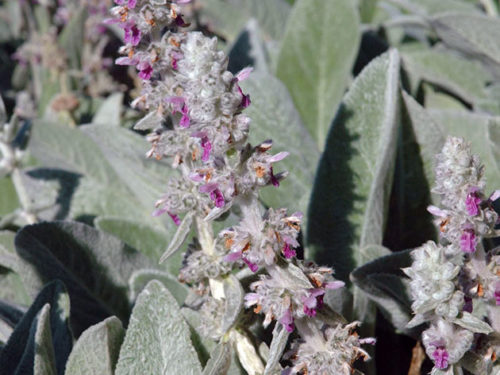












 Start a discussion ...
Start a discussion ...